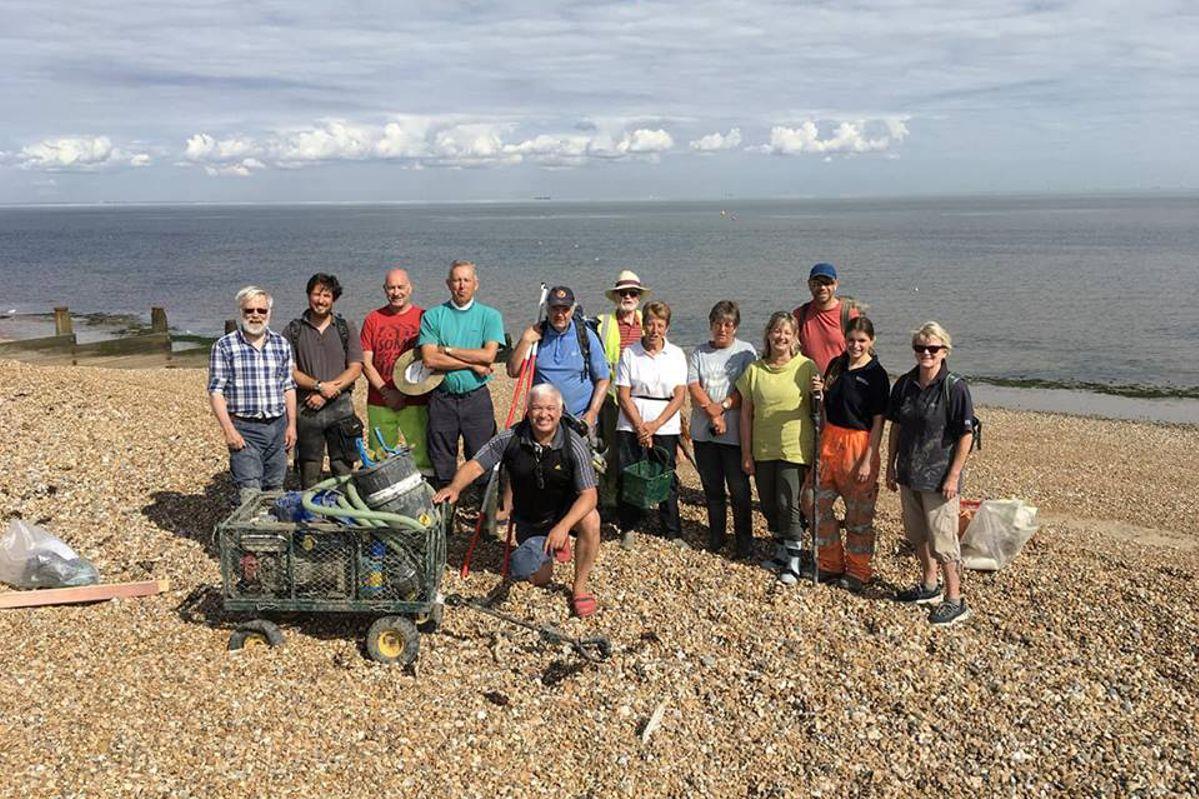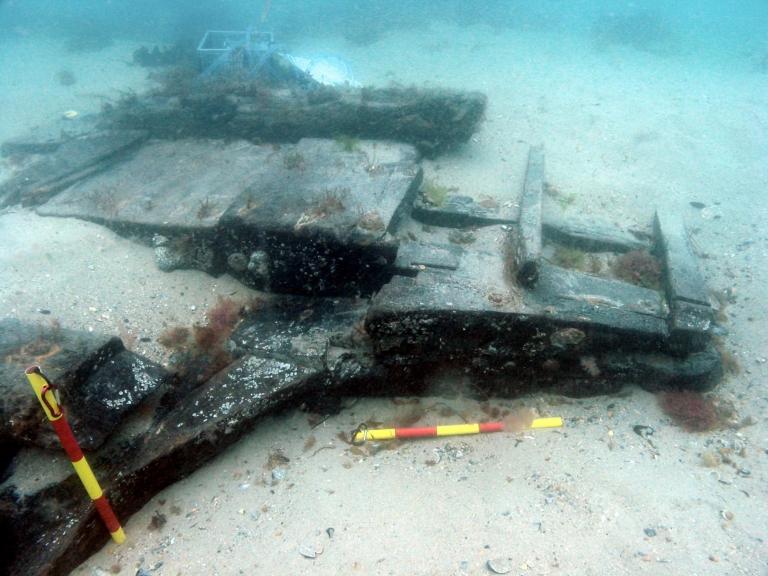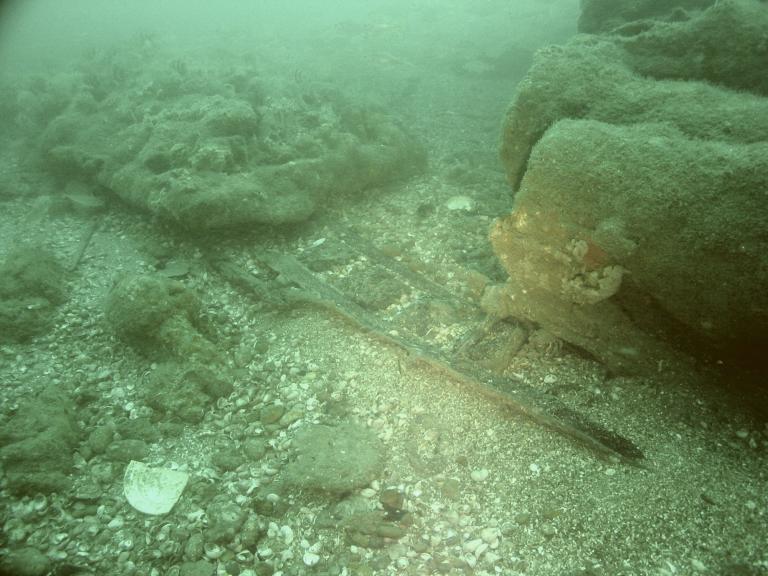Beach wreck in the intertidal zone
Members of Wessex Archaeology's Coastal & Marine team, along with Historic England, Timescapes, University of Wales Trinity St David and several volunteers have just returned from the excavation and recording of the recently scheduled monument of Tankerton Beach Wreck in the intertidal zone of Tankerton Bay, Kent.
The wreck has been known about among locals for many years, however, members of Timescapes, a local history and archaeology society came across the wreck whilst conducting a separate survey and determined that the timbers were of a significant age and alerted maritime specialists at Historic England.
Since then, the wreck has been surveyed and assessed by Wessex Archaeology, with the help of Timescapes volunteers, in October 2017 and dendrochronology samples were collected by University of Wales Trinity St David in order to establish a relative date of the vessel. It was decided that further investigation and excavation was needed to support the scheduling of the wreck based on the suspected 16th-century date.
Excavating a beach wreck
The most recent series of excavations took place between the 11 and 19 July 2018 at low tides during daylight when the wreck was accessible from the foreshore. 14 low tides were worked in total, with the earliest being at 4am. A pre-disturbance survey was made of the wreck on the first day before any work took place. Excavation could then commence with the removal of sediment from within the wreck to expose the timbers that had been preserved within the London clay. Sediment samples were taken in significant areas of the wreck in the hope that they will provide further information once processed.

Images courtesy of Tom Banbury
Tom Banbury, one of the volunteers was on site at every opportunity to take high quality aerial photographs with a drone, which gave a new perspective to the wreck and was a good way of seeing the extent and development of the excavations taking place.
New areas of the wreck were excavated and revealed at every low tide. Once they were cleaned of any residual sediments, they were recorded through measurements and photography with scales. Dr Rod Bale, from the University of Wales Trinity St David was on site at all times to select relevant samples for dendrochronological analysis. Towards the end of our time on the wreck, ceiling planks, framing planks, and timber knees were exposed and the keelson that runs along the length of the vessel was uncovered.

On the last day, the wreck was reburied in the clay to preserve the timbers and to minimise the impact that the marine environment can have on the structure.
During the excavation, some beautifully preserved finds were discovered in the clay within the vessel including leather shoes complete with stitching, a wooden spoon, a small pulley and a fragment from a structure that is believed to be part of the galley. All the finds are now with specialists for analysis and conservation.
Environmental samples were also taken during the excavations to be assessed by the team of specialists at Wessex Archaeology. Processing has already begun and have produced some additional finds including a plum stone.
We would like to sincerely thank the Timescapes volunteers and members of the Whitstable museum for all their hard work and support during the fieldwork. Kate Forwood, one of the volunteers said that: “From the volunteer’s point of view, it was a pretty special time and we are grateful to all at Wessex for being so patient and explaining some of the weirder things you seemed to be doing.”



